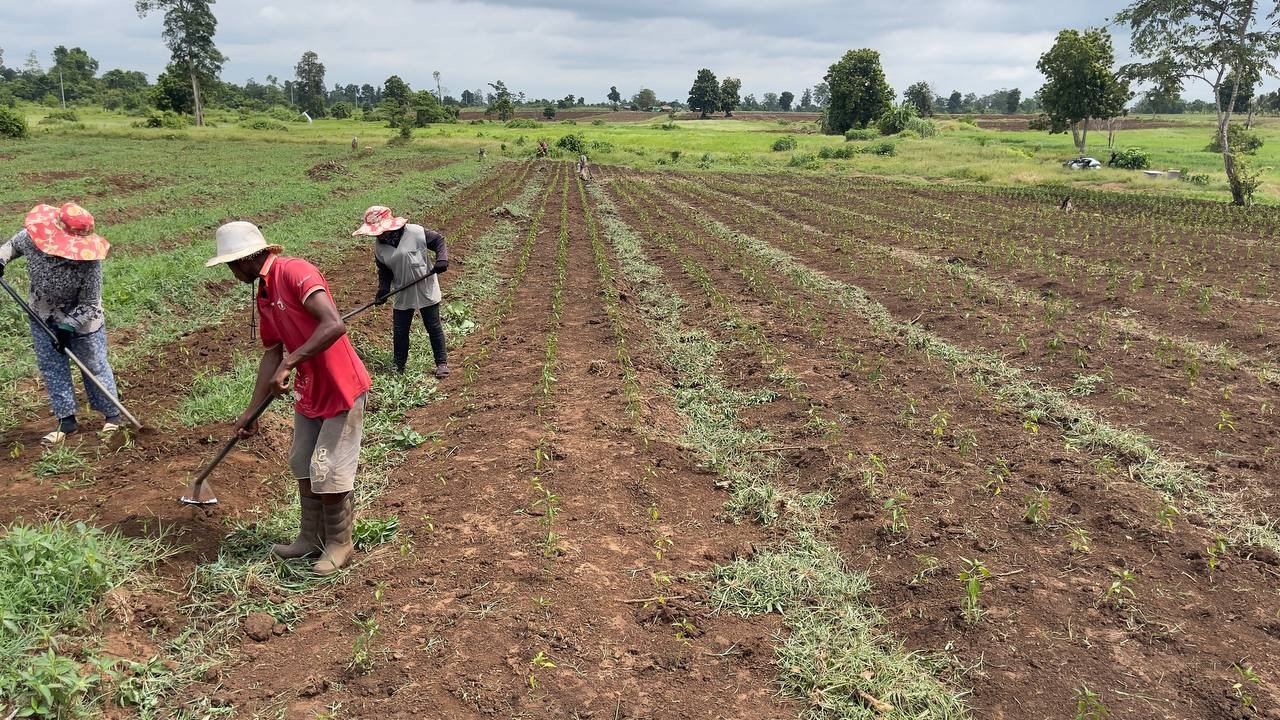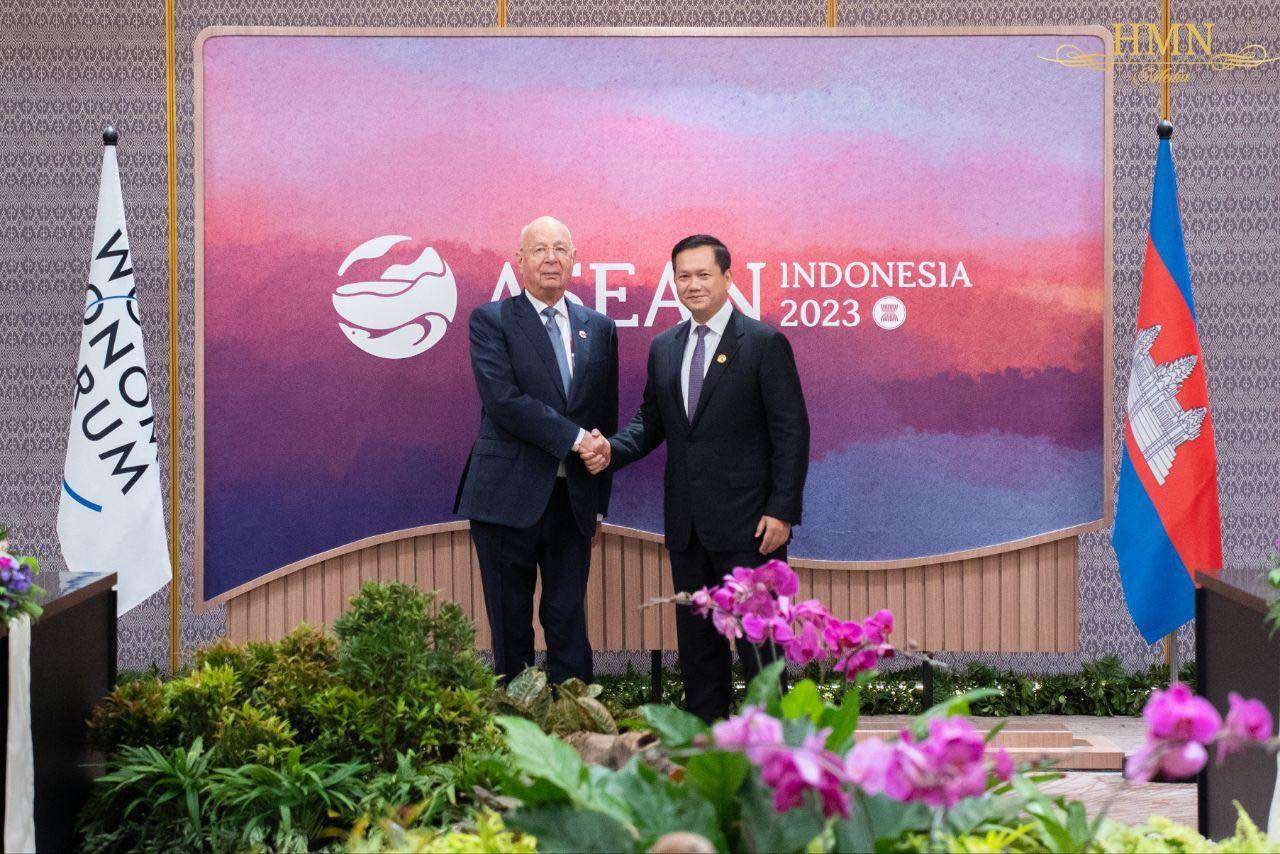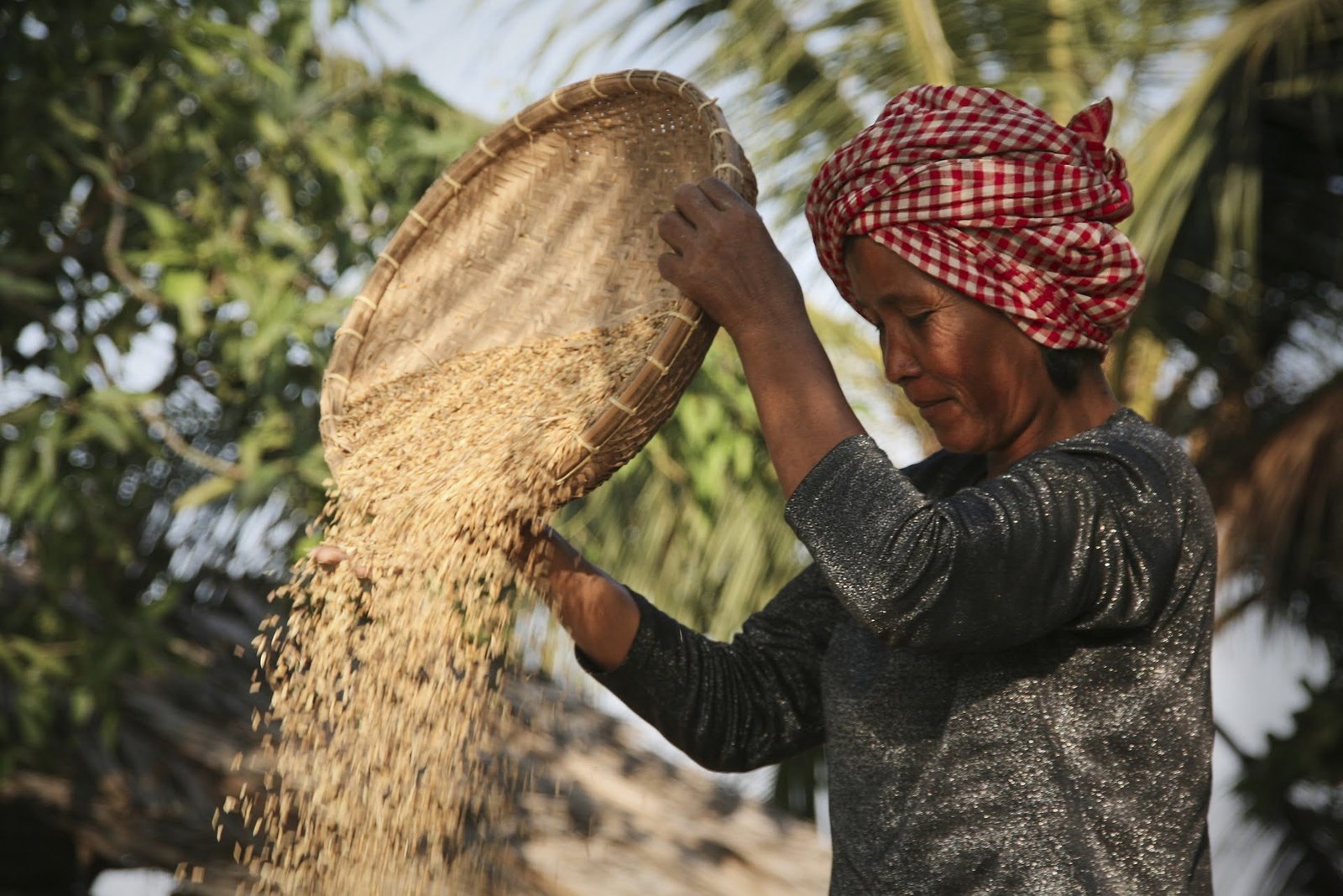Cambodia is on a remarkable journey of transformation, leveraging its rich agricultural heritage to drive economic growth and ensure food security for its people. The national government’s new strategic policy for local agricultural development sets ambitious goals for the country to become one of the world’s top ten agricultural producers. This vision aligns with broader efforts to elevate Cambodia to an upper-middle-income economy by 2030 and a high-income nation by 2050.
A Legacy of Resilience
Emerging from decades of civil war, political instability, and isolation, Cambodia has shown incredible resilience. Despite these challenges, the nation has made significant socio-economic progress in recent years. Addressing food security remains a priority, with ongoing efforts to support the 2.5 million Cambodians who need improved access to nutritious food, according to a recent United Nations report.
The Backbone of the Economy
Agriculture is the backbone of Cambodia’s economy, employing up to 49% of the labor force and contributing 22% of the gross domestic product (GDP). With nearly 80% of the population residing in rural areas, agriculture and fisheries are vital for livelihoods. The country’s agricultural landscape is dominated by rice, which accounts for 70% of its agricultural output, followed by subsidiary and industrial crops, rubber plantations, and permanent crops.
Diversification and Innovation
Cambodia’s agricultural exports reached nearly 8.45 million tonnes in 2023, valued at $4.3 billion. This diverse export portfolio underscores the country’s commitment to diversification and resilience. China, Vietnam, and Thailand are among the primary markets, reflecting Cambodia’s strategic trade relationships.
Addressing Climate Challenges
The rise of climate-related disasters poses significant challenges to Cambodia’s agriculture sector. The country faces high risks from floods and droughts, impacting the 4.5 million hectares of rainfed cultivated land. To mitigate these risks, the government is encouraging crop diversification, promoting climate-resistant crop varieties, and implementing irrigation systems to reduce reliance on unpredictable weather patterns.
Enhancing Infrastructure and Technology
Improving production and post-harvest infrastructure is crucial for strengthening agri-food value chains. Enhancing transport and logistics infrastructure will facilitate smoother market access for farmers. Additionally, access to finance, agricultural inputs, and machinery will increase labor productivity and overall agricultural output.
Embracing International Cooperation
International partnership is critical to Cambodia’s agricultural success. Companies with expertise in agriculture technology and climate adaptation provide critical support. Drip irrigation, for example, has the potential to dramatically enhance Cambodia’s water resource management, addressing difficulties such as variable weather and periodic scarcity. These innovations improve agricultural productivity and resilience, resulting in sustained growth and food security for the population.
Boosting Processing Capacity
Developing Cambodia’s processing capacity for higher value-added products is essential for economic growth. Investing in infrastructure, financing, and research and development (R&D) will enhance the processing capabilities of agricultural products, reducing the reliance on primary product exports.
Attracting Foreign Direct Investment
Cambodia’s agricultural sector presents lucrative opportunities for foreign direct investment (FDI). The commercialisation and development of processing industries can attract investors, fostering economic growth. Recent engagements, such as the meeting between Wilmar International and Cambodian leaders, highlight the growing interest in Cambodia’s agricultural potential.
Strengthening Regional Partnerships
Cambodia’s commitment to regional and inter-regional agricultural cooperation is evident through various agreements and partnerships. The country’s participation in ASEAN initiatives and bilateral agreements with countries like Indonesia, Thailand, Japan, South Korea, China, France, and Israel showcases a robust network of agricultural collaboration.
A Promising Future
Cambodia’s emphasis on local agricultural production, along with global assistance and strategic alliances, sets the stage for a successful future. Although there are still obstacles to overcome, the potential for growth and progress in the agricultural industry is immense. Cambodia is making significant progress towards reaching its ambitious objectives and ensuring a prosperous future for its citizens by adopting innovation, enhancing infrastructure, and promoting international cooperation.
Cambodia’s agricultural development strategy exemplifies the country’s ability to recover from challenges and its unwavering commitment to achieving its goals. Cambodia is on track to become a key player in the global agricultural industry, thanks to focused efforts and collaborative partnerships. This will contribute to socio-economic development and guarantee food security for future generations.








